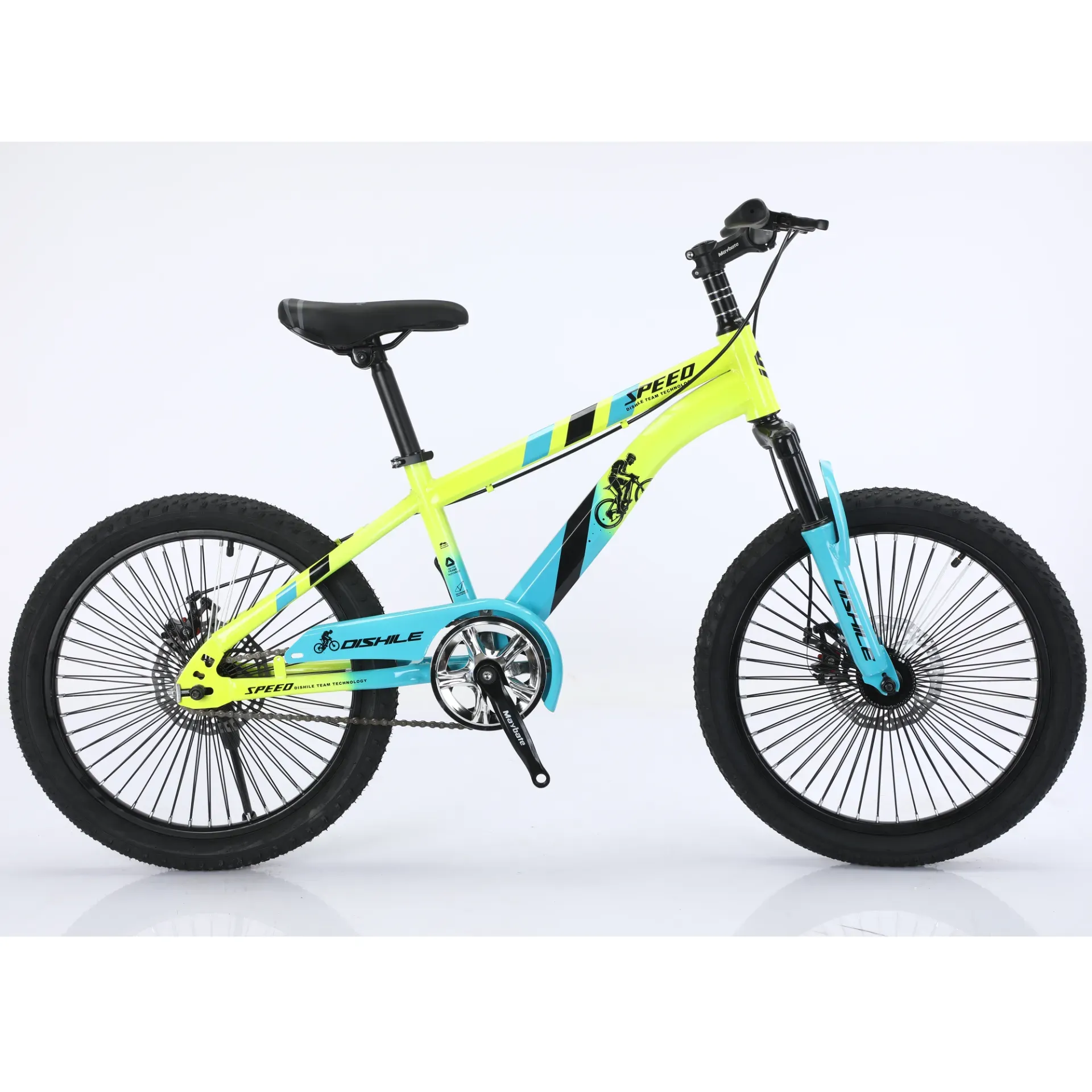Choosing the Perfect Mountain Bike for Your Adventure and Terrain Needs
The Ultimate Guide to Mountain Bike Selection
Choosing the right mountain bike can elevate your cycling experience, whether you are a novice rider or a seasoned pro. With an overwhelming number of options available on the market today, selecting the perfect bike can seem daunting. However, understanding a few key factors can help simplify the process and ensure you make an informed choice.
1. Determine Your Riding Style
Before diving into technical specifications, assess your riding style. Are you interested in cross-country (XC) racing, downhill riding, or perhaps trail riding? Each style demands different bike features
- Cross-Country (XC) These bikes are lightweight and designed for speed and efficiency on climbs and flats. They often come with a hardtail design (front suspension only) to minimize weight and enhance pedaling efficiency.
- Trail Bikes Versatile and capable of handling a variety of terrains, trail bikes usually have both front and rear suspension, offering a balance between climbing efficiency and downhill comfort.
- Downhill Bikes Built for steep descents, downhill bikes feature significant suspension travel to absorb impacts from rocky and rough terrains. They are generally heavier but provide superior control and stability.
- All-Mountain Bikes Ideal for those who want to tackle various terrains, all-mountain bikes combine the features of trail and downhill bikes to create a well-rounded option for diverse riding experiences.
2. Frame Material
The frame of the bike significantly impacts weight, durability, and ride quality. The most common materials include
- Aluminum A popular choice due to its lightweight and cost-effective nature. Aluminum frames provide a good balance of performance and durability, making them ideal for beginners and intermediate riders.
- Carbon Fiber Known for being incredibly lightweight and strong, carbon fiber frames excel in performance. However, they tend to be more expensive and may not be suitable for every budget.
- Steel While heavier than aluminum and carbon, steel frames offer durability and can provide a smoother ride due to their natural flex. They are often favored by those who prioritize comfort and longevity.
3. Suspension Types
Suspension is essential for a smooth ride, especially on rugged terrain. Understand the two main types
mountain bike selection

- Hardtail These bikes come with only front suspension. They are lighter, more efficient on climbs, and often more affordable, making them suitable for XC riders and beginners.
- Full Suspension Featuring both front and rear suspension, full-suspension bikes are ideal for trail and downhill riding
. They absorb bumps and provide better traction, but they are typically heavier and more complex.4. Wheel Size
The size of the wheels significantly affects the bike's handling and performance. Common wheel sizes include
- 26-inch Once the standard, 26-inch wheels offer excellent maneuverability and quick acceleration. However, they are becoming less common as newer sizes emerge.
- 27.5-inch (650b) These wheels provide a balance between the agility of 26-inch wheels and the stability of 29-inch wheels, making them a popular choice for trail riders.
- 29-inch Ideal for rolling over obstacles and maintaining speed, 29-inch wheels are favored by XC and trail riders for their efficiency on varied terrains.
5. Test Ride
After narrowing down your options based on the above criteria, it’s crucial to take potential bikes for a test ride. Pay attention to how the bike feels during acceleration, cornering, and braking.
Ask yourself questions such as - Does it feel comfortable? - Is the height appropriate for your frame? - Do you feel in control on descents?
6. Budget Considerations
Mountain bikes come in a wide price range, with features often corresponding to the asking price. Determine a budget before shopping and consider the long-term investment nature of a quality bike. It might be worth spending a little extra for a bike that suits your needs, as it can significantly enhance your riding experience.
Conclusion
Selecting the right mountain bike involves understanding your riding style, frame materials, suspension types, wheel sizes, and budget. By considering these factors and taking the time to test ride different models, you will be well on your way to finding a bike that enhances your outdoor adventures. Take the leap, hit the trails, and enjoy the thrill of mountain biking!
-
The Perfect Baby TricycleNewsAug.11,2025
-
Ride into Fun with Bikes for KidsNewsAug.11,2025
-
Ride into Adventure with the Perfect Kids Balance BikeNewsAug.11,2025
-
Fun and Safe Riding with the Best Childrens ScootersNewsAug.11,2025
-
Find the Perfect Childrens Bike for Your Little OneNewsAug.11,2025
-
Explore the Best Baby Tricycles for Your Little OneNewsAug.11,2025
-
Three-Wheel Light-Up Scooter Benefits for KidsNewsJul.11,2025








